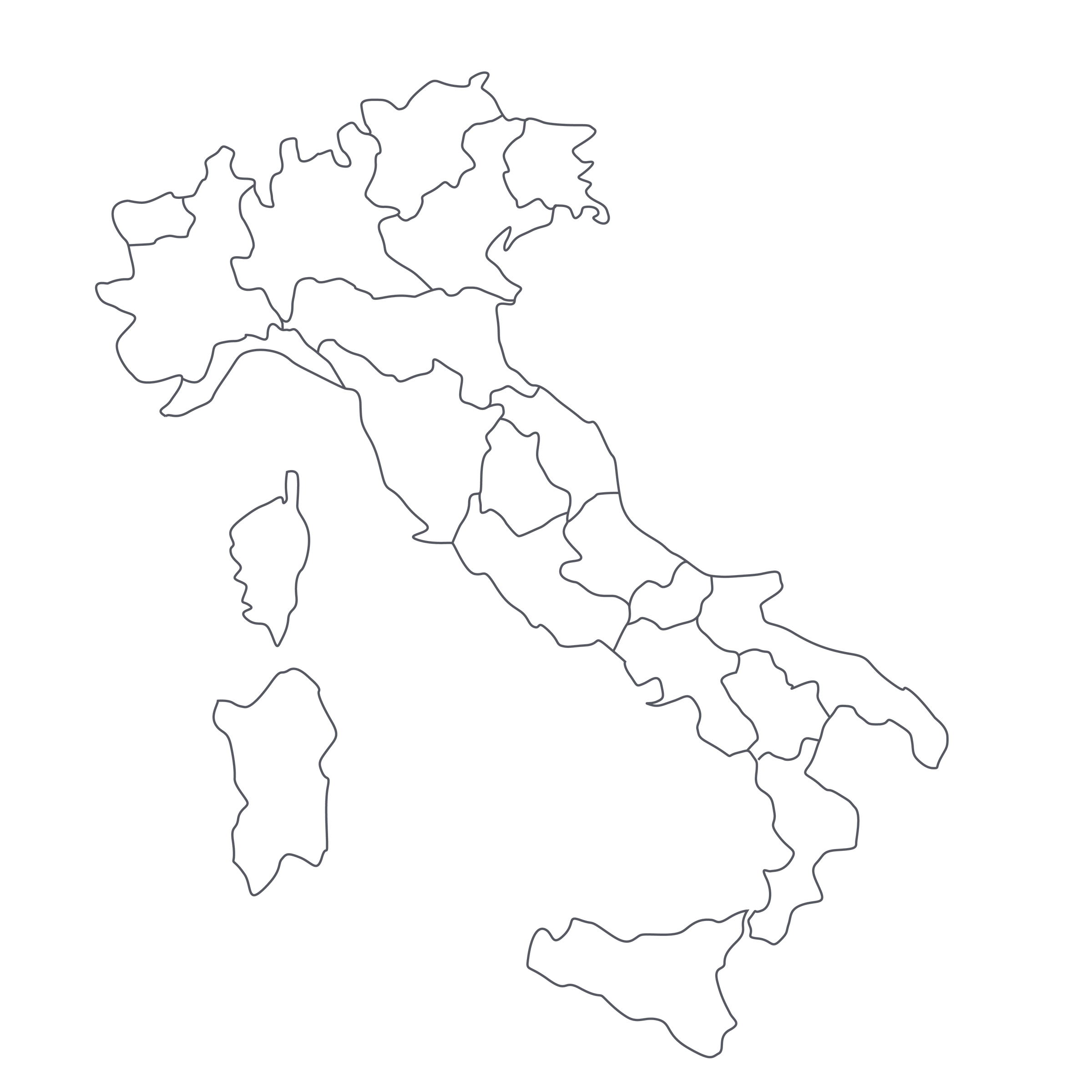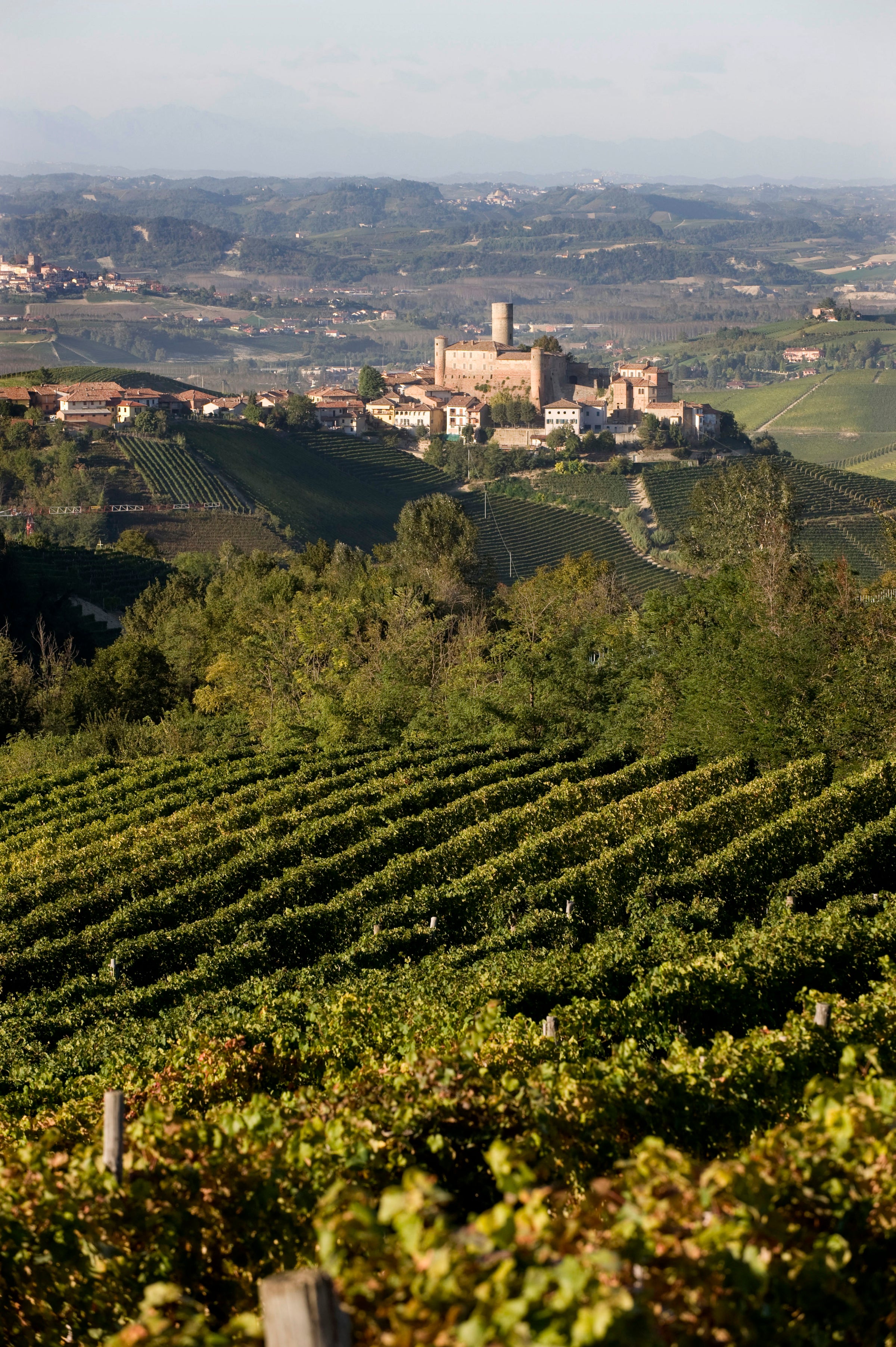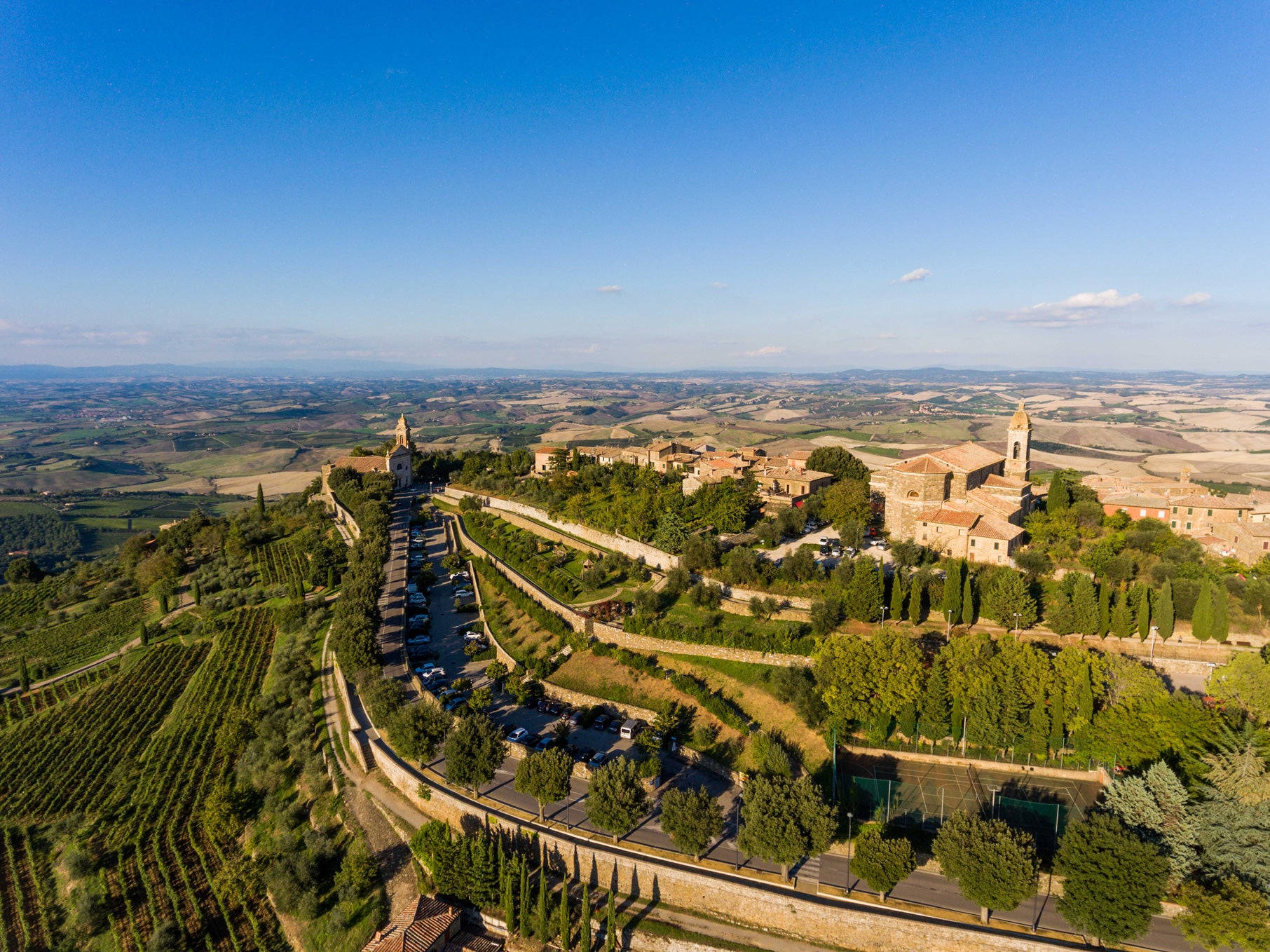I want you to know that I fought for this wine. Well, “fought” is a little strong; I advocated for it in a vociferous way. Simon di Brazzan’s California importer wasn’t going to bring this Malvasia into the US, fearing it was too “niche,” especially in a COVID-ravaged market. Thankfully, after some cajoling, they reconsidered, so now it’s my job to explain how fortunate we are.
The quality of Italian white wine in general has skyrocketed in recent years, and there’s been a lot of talk about which of Italy’s native varieties is going to break through to the big time: Verdicchio from the Marche? Carricante from Sicily? Timorasso from Piedmont? All are legitimate choices, but in Friuli-Venezia Giulia—unequivocally the white wine capital of Italy—there are two that are already there: Friulano and Malvasia. Both produce world-class white wines, and when I think about all-time great whites from Friuli, there’s a long list of magnificent Malvasias: Edi Kante. Doro Princic. Dario Raccaro. Venica. I could go on, and in fact I will by adding Daniele Drius of Simon di Brazzan to the list. Drius is a relatively recent arrival on the Friulian wine scene, but he is a fast-rising star producing focused, textured, beautifully aromatic whites. With Malvasia, it’s the citrus-blossom aromas that draw you in, then the palate impression that wins you over: richly textured but full of snap and a salty mineral finish. The feel is kindred to that of great Chenin Blanc, even though the flavor profile is much different. It’s imperative that you try some—it came all the way from Italy just for you!
To be clear, the Malvasia we’re talking about here is the local biotype known as Malvasia Istriana. The Malvasia “family” of grapes is one of Italy’s (and the world’s) largest, but the Istriana sub-variety is considered the best-suited for high-quality dry whites (probably the best-known Malvasia-based wine in Italy is Malvasia delle Lipari, a sweet wine from Sicily). It’s been an important variety in the area since the 13th century, and of course takes its name from the historic Istrian peninsula along the Adriatic Sea, which these days covers parts of Italy, Slovenia and Croatia. It’s an aromatic variety, not as assertive as Viognier or Sauvignon Blanc but leaning in that direction, and some versions take on a pleasing, beeswax-y heft without dropping too much acidity.
Simon di Brazzan is named for the town of Brazzano di Cormons, which is right in the epicenter of Friulian white wine country along the region’s eastern border with Slovenia. Drius inherited a small farm from his grandfather, which included vineyards and some wine production, but over the past 10 years he’s been re-planting vines and implementing organic and biodynamic practices in the process. His vineyards and winery are situated right where the Collio and Isonzo del Friuli DOC appellations meet, with soils composed primarily of ponka (a sandstone-marl mixture) along with more ‘alluvial’ gravel and some clay. The Collio is regarded as Friuli’s greatest white wine terroir, situated in foothills in the shadow of the Julian Alps—effectively equidistant from the mountains and the Adriatic Sea. This push-pull of mountain- and sea-borne air is the key to the region’s success with whites: Vines are refreshed every evening, which lengthens the growing season to heighten aromatics and preserve acidity, but there’s also enough warmth and sunlight to deliver ripeness and depth.
Drius sourced half of the fruit for this 2019 from an 80-year-old Malvasia Istriana plot planted by his grandfather, with the balance coming from a younger parcel. He left the juice in contact with the grape skins for two days at the start of fermentation, adding a hint of pekoe tea-like phenolics. Half of the must was aged in large, used oak casks, the rest in tank, but in our tasting we didn’t pick up much oak influence. The wine is a bright yellow-gold in the glass with slightly rosy highlights, with aromas of yellow peach, dried orange peel, a hint of mango, white and pink flowers, dried herbs, and wet stones. It has a pleasing viscosity on the palate but also bracing acidity and a hint of sea salt on the finish (this isn’t grown close enough to the Adriatic to suggest an actual “sea spray” influence, but it sure reads that way). I could see it aging nicely over the next few years, and if you’re serving it now, give it about 15 minutes in a decanter to unlock its full range of aromatics and flavors. There is a dish from the Trieste area of Friuli that always comes immediately to mind when I taste a delicious Malvasia like this, and I’ve attached a recipe here from the legendary Lidia Bastianich. For me, this is the best of Friuli in one shot! Enjoy!









